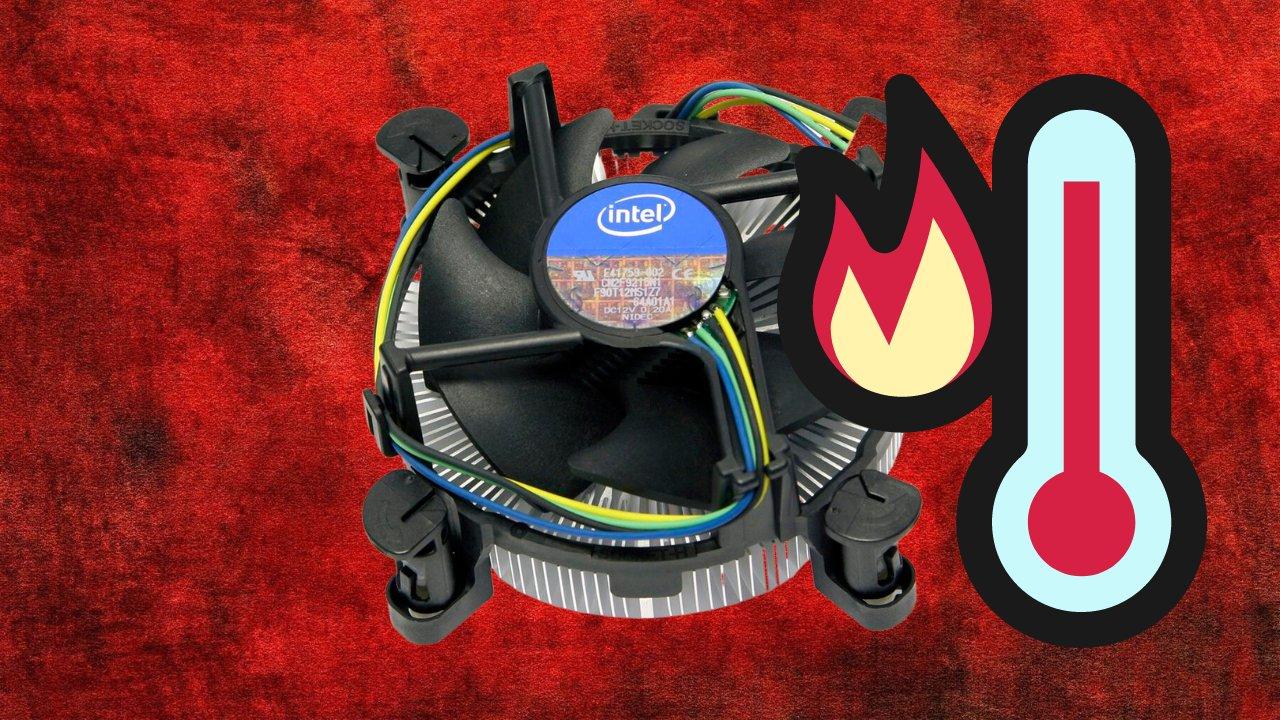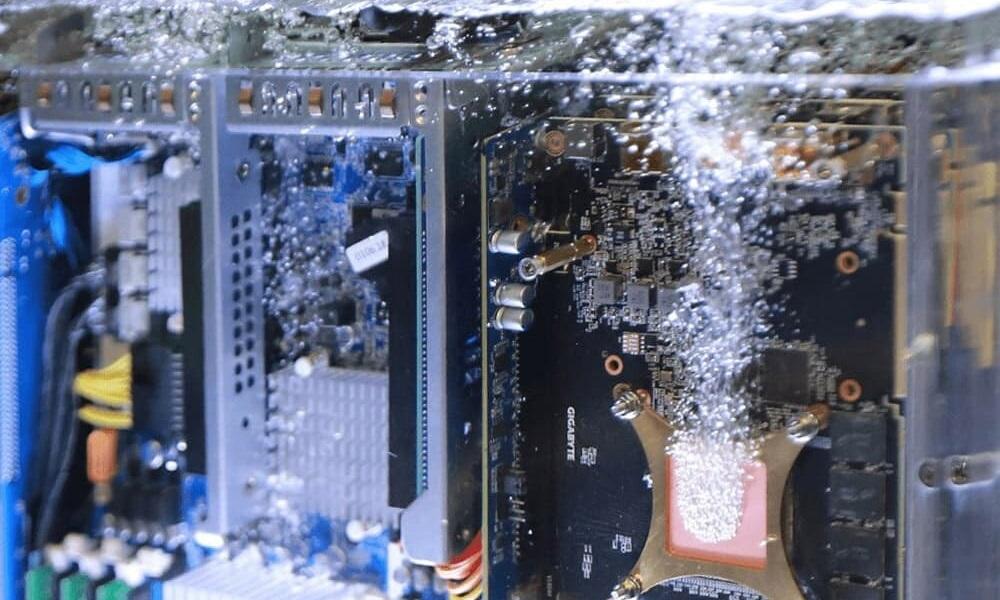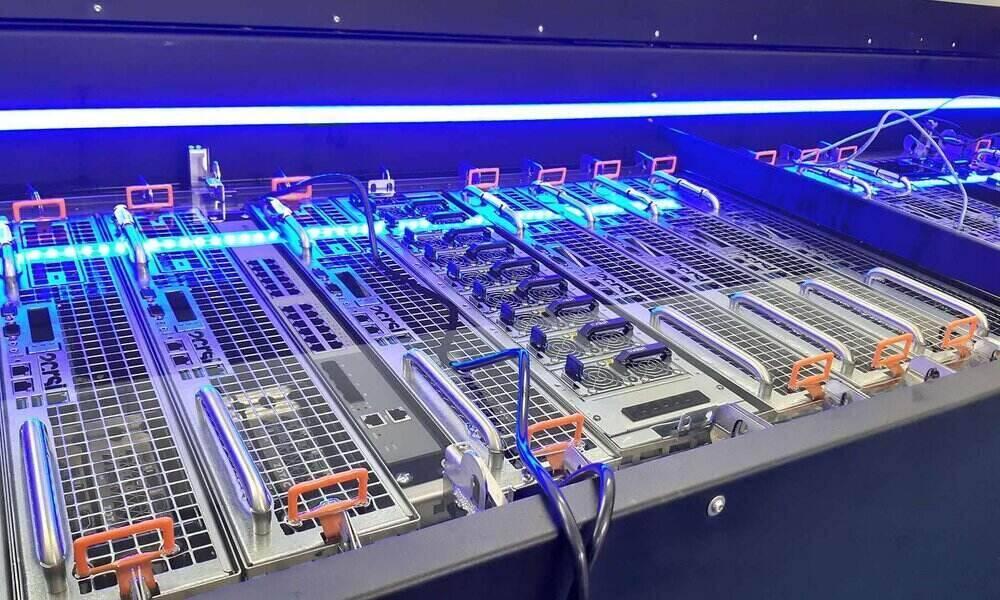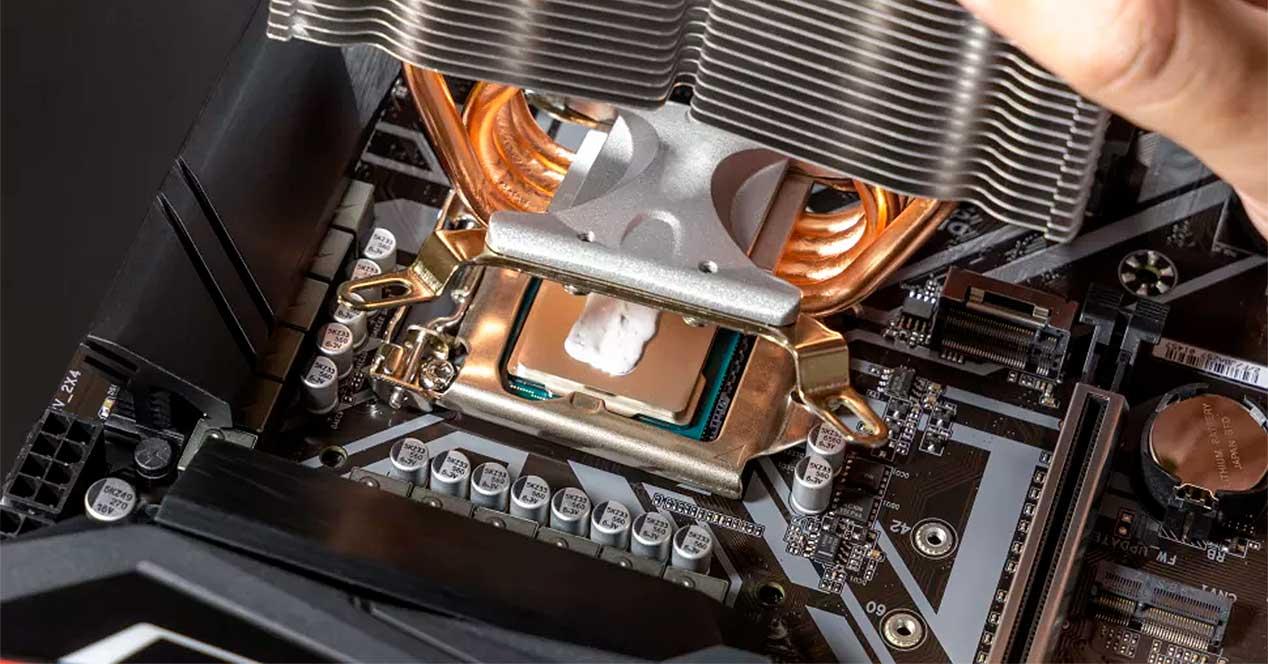
If you don’t know what this is, TDP (Thermal Desing Power) is the maximum amount of energy that the processor can dissipate as heat under normal operating conditions. It is an indicator that is used to know the cooling capacity necessary to choose the heatsink that we will install.
Very powerful processors, but hotter than the stick of a churrero
We must emphasize at this point that the processors with a TDP of up to 2000 W They are not intended for home use. They are specific solutions for servers where there is no (more or less) limit on heat generation. For this segment, the more powerful solutions are required, the better.
Intel is working on development improve your refrigeration technologies researching new materials and structures. We must take into account that cooling systems consume up to 40% of the energy of a Data Center. Reducing this cost is something quite important, which is why new techniques are sought.
Specifically, they are working with innovative companies in the field of refrigeration. An old technique is used, such as the immersion of the hardware in vegetable oil, but with cleaner and more efficient synthetic materials.
One of the solutions they are working on is the technology of “3D vapor chambers embedded in coral-shaped heat sinks«. It seems that this generates a structure that “grows” as if it were a coral and has a very low thermal resistance.
Another solution that they would also be investigating is that of «small jets, tuned by artificial intelligence, that shoot cold water over hot spots on the chip to dissipate heat. Nor has Intel revealed which company they are working for.
They also mention other solutions such as cooling by combining layers of materials, advanced materials and improved boiling coatings.
Refrigeration does not only seek to improve the dissipation efficiency of heat, above all, energy savings are sought. Improving cooling can «increase between 5-7% performance with the same power«.
We move, in the domestic field, to liquid refrigeration
You still don’t care too much about all these server cooling technologies, but they are interesting. Possibly in the future we will not put computers in our house in liquid or with heatsinks that are “creating” like a coral (although it would be cool). These technologies, in the end, are adapted for the domestic sector.
For high-end processors, both from Intel and AMD, liquid cooling systems are recommended. 16-core configurations generate a lot of heat and of course, air coolers can be a bit tight.
Surely, these developers for Data Centers will adapt to the domestic system. Most likely, 3D vapor chamber technologies will be adapted or even liquid coolers could add synthetic liquids to improve heat dissipation. Who knows.





